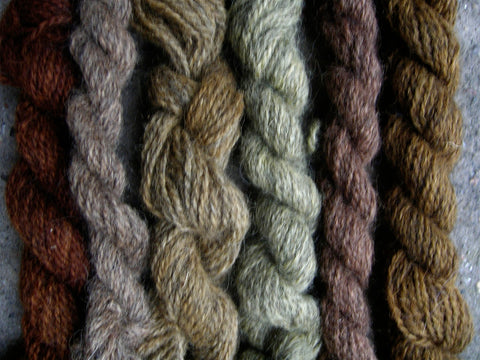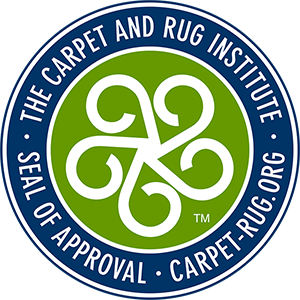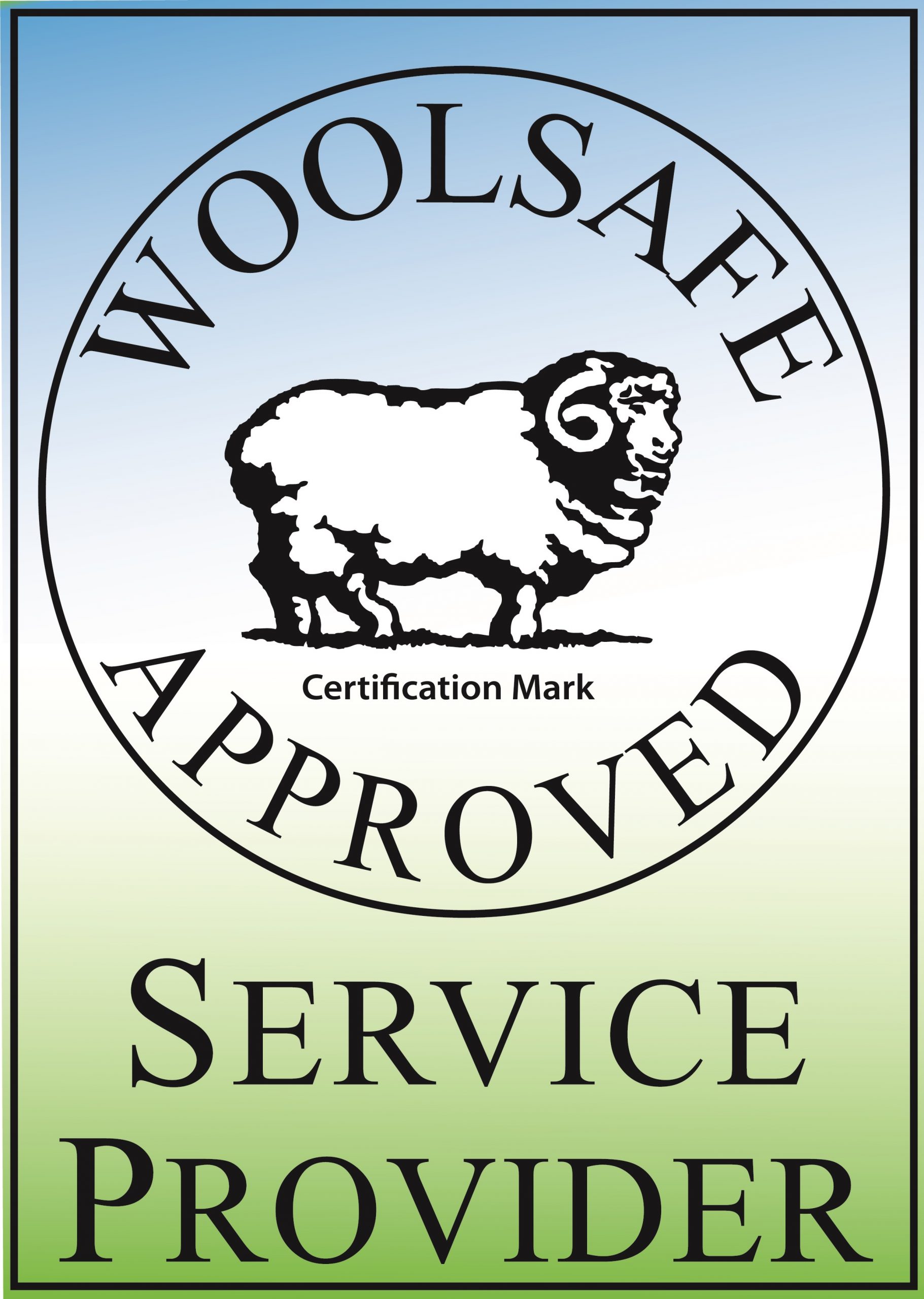
How To Identify A Quality Oriental Rug
Unraveling Quality: The Essential Guide to Recognizing Quality Oriental Rugs
Every room in your home deserves a showstopper; an Oriental rug often fits that bill perfectly. The richness of color, intricate designs, and the cultural heritage encapsulated in each thread are virtually unmatched. However, discerning the quality of an Oriental rug can seem like deciphering a cryptic code. With this blog post, our Rug Master at Oriental Rug Salon will aim to demystify the process, helping you identify quality Oriental rugs with confidence and ease.
Know the Origin of Your Area Rug
Just like fine wines have their region of origin, high-quality Oriental rugs have their specific places of origin. Notably, Iran (Persian rugs), Turkey, India, China, and certain regions of the Caucasians are renowned for producing these exquisite floor coverings. Understanding the origin can offer valuable insights into the rug’s quality.
Count the Knots
The number of knots per square inch (KPSI) is an essential indicator of an Oriental rug’s quality. A higher KPSI generally signifies greater detail, durability, and higher quality. Typically, a good” quality wool area rug can have anywhere between 120-350 KPSI, and a very good quality area rug can have 400 KPSI and greater. Just to let you know, in bold geometric designs, knot count is less important than in detailed florals.
To determine a rug’s KPSI, place a quarter on the backside of the area rug. The density of the knots in a rug or fineness of a pile rug is measured by multiplying the vertical knot count by the horizontal knot count. A Quarter measures approximately one inch, so the number of knots across the top of the quarter times the number of knots going down the side of the quarter is your knots per square inch (KPSI)..
Quality of Materials
Oriental and Persian rugs made from high-quality wool, silk, or a combination of these materials are often superior in quality. The wool should feel soft, luxurious and have a certain sheen. Silk rugs will have a distinct, high sheen and are incredibly fine to touch. Avoid rugs with a scratchy or synthetic feel or one that is made with Viscose, artificial or banana silk, or any other materials man made. Most hand-knotted wool area rugs will have a cotton foundation with the wool or silk tied into the foundation.
A pure silk rug is usually the finest quality rug, followed by a combination of wool and silk. A carpet made with hand-carded and hand-spun wool is unique and falls firmly in the ‘fine’ rugs category.
Whether the rug was made in Persia or another country, the best area rugs are hand-woven with Persian wool. In Iran, the sheep that are raised to be sheered are fed an optimal diet to yield softer and stronger wool.
Handmade (Hand-knotted) is Best
The quality of Oriental rugs is largely dependent on whether they’re hand-knotted or machine-made. Handmade rugs, though pricier, usually feature more intricate designs and are more durable. One tell-tale sign of a handmade rug is its imperfections—look for irregular knotting or pattern on the backside.
Machine rugs often appear “perfect” with straight lines on the back and front, perfect curves, sewn-on fringe, etc. An 8X10 machine-made rug can be made in as little as two hours, whereas a hand-knotted rug of the same size and color could take a year or more to create. The hand-knotted rug was made with love and skill. The machine made one – for profit.
Hand knotted rugs are made on a specially designed loom and are knotted by hand. The making of hand knotted rugs is a very ancient art that deserves a lot of admiration! Machine made rugs are made by large machines called power looms. A power loom is electrically automated and controlled by computers. Machine made rugs can be made quickly and are one “of a thousand of the same design” and are of no value to collectors. No two hand-knotted rugs will be exactly the same in terms of construction and detail as each are made individually.
A Note About Tufted Rugs:
Machine-tufted and hand-tufted rugs are among the most mass produced type of area rugs you can find, because they can be made easily and quickly. However, the processes and materials involved in creating one is not only artless, but sometimes a health hazard.
Tufted rugs are created by taking loose wool that’s often treated with questionable chemicals and adhering it to a fabric or plastic backing with a type of latex glue that emits fumes that can be detrimental when inhaled. The odor from these rugs can not be professionally “washed out” and will be with the rug forever. The price for tufted rugs is much lower, therefore the quality is much lower.
How to identify a tufted rug: Hand-knotted area rugs have the same pattern on the face of the rug as they do the back. With tufted area rugs, a piece of fabric is glued on the back to hide the glue used in the construction of the rug to keep the face yarns in position therefore there is no design on the back of the rug. A quality 6X9 hand-knotted area rug can take 9-12 months to make whereas a tufted rug of the same size can take just days.
Dyes and Colors
Authentic, high-quality Oriental rugs use vegetal or vegetable dyes, to give a more vibrant, rich, and natural look. You can test the rug’s dye by rubbing a damp cloth on the rug – if any color comes off, the rug may use inferior quality dyes.
Natural dyes used in Oriental Rugs, also known as vegetal dyes, were used for centuries. Sometimes vegetal dyes are incorrectly referred to as ‘vegetable dyes’. There is a difference. Vegetable dyes are derived from vegetables. Vegetal dyes are derived from any vegetal or plant matter, such as flowers or vegetables.
The natural variations in these dyes, derived from insects, minerals, and the different parts of plants including roots, stems, leaves, flowers and fruits, produce the exciting color schemes and the distinct appearance that is such a unique characteristic of hand made rugs. Machine made rugs will use artificial colors that lack the tone and depth of natural dyes.
Design and Pattern
The design of an Oriental rug should be crisp, clear, and defined. It’s a testament to the weaver’s skills and attention to detail. Look for symmetry in the patterns – a sign of a careful and skilled artisan. If the design is too perfect, it is machine-made.
Authentic Persian rugs have earned the reputation of being the highest quality because of the perfected weaving techniques used in Iran. A sharp pattern means more time and hand-labor was taken to build a clear and precise design.
Price Tag
A price tag can often reflect the quality of an Oriental rug. These pieces are not just floor coverings but works of art that require time, skill, and high-quality materials. Therefore, a high-quality Oriental rug often carries a higher price tag.
Tip: Don’t be fooled by the high price tag on a rug. The markup on genuine hand-knotted rugs can be anywhere from 20% to 2000%. Do your homework before purchasing a rug. And don’t be fooled by a substantially discounted price tag on a rug. If you see a rug that was $10,000 now marked down to $5000.00, it makes you wonder what the “real value” is.
If you’re unsure about the quality or history of an area rug, you can contact Oriental Rug Salon about performing an appraisal. With the right pictures, we can appraise the rug’s value, history, insurance value, and other interesting facts. Many interior designers and rug collectors use our service before purchasing a rug so that #1, they know the true value of the rug they are thinking about buying, and #2, they don’t overpay. Often, with our services, purchasers can save thousands of dollars by paying a fair price for a rug, not an inflated one.
Oriental Rug Salon of SW Florida
Oriental Rug Salon is a full-service rug cleaning, restoration, repair, and appraisal company serving clients throughout the United States. Our 6,000-square-foot facility is in Cape Coral, Florida, and we offer free pick-up and delivery for most rugs throughout Lee, Collier, and Charlotte County. A Rug Master supervises our cleaning and restoration operations, and all of our cleaning efforts are allergen-free and safe for pets and infants.
For more information about Oriental Rug Salon, please visit us online at https://orientalrugsalon.com/ or on our Facebook Page at https://www.facebook.com/OrientalRugSalon/ You can also give us a call any time at 239-424-8171.
If you’d like to chat with us online, look for the “Have A Question” button at the lower right hand side of any page on our website and a technician will chat with you live between the hours of 8 AM thru 5 PM Est. Monday thru Friday.
Identifying a quality Oriental or Persian area rug involves a comprehensive understanding of its origin, knot count, material quality, manufacture method, dyes, colors, design, and price. Remember, choosing an Oriental rug is not just about purchasing a rug; it’s about investing in a timeless piece of art that will enhance your home’s beauty for years to come.



